Please note - this page is still
under construction

England, My England
Sets and Locations
![]()
Please note - this page is still
under construction

England, My England
Sets and Locations
![]()
A number of locations were used in the filming of England, My England: some in the seventeenth-century scenes, some are sights visited by Charles and Nell as Charles researches Purcell's lie and times. Below are details of some of these locations and where you can find them. I've also included details of other sites which relate to the film.
Banqueting
House
Banqueting House was built by Inigo Jones
to the 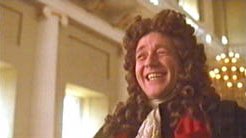 orders
of James I and Charles I (1619-22). It was part of a rebuilding programme
of the Medieval palace of Whitehall, but was the only section completed
before funds and royal support ran out, making the rest of the plans impossible
to follow up. This is the first purely classical building in the
British Isles, and follows Italian and French taste for the antique style,
synonymous with the Renaissance. The classical symmetry and scale made
this building stand out impressively from the rest, and can be seen clearly
in contemporary views from across the River Thames. The ceilings
were painted by the Dutch artist, Pieter Paul Ruebens,
orders
of James I and Charles I (1619-22). It was part of a rebuilding programme
of the Medieval palace of Whitehall, but was the only section completed
before funds and royal support ran out, making the rest of the plans impossible
to follow up. This is the first purely classical building in the
British Isles, and follows Italian and French taste for the antique style,
synonymous with the Renaissance. The classical symmetry and scale made
this building stand out impressively from the rest, and can be seen clearly
in contemporary views from across the River Thames. The ceilings
were painted by the Dutch artist, Pieter Paul Ruebens,  and
can be seen in glimpses, in the film. The central painting is a classical
allegory, The Apotheosis of King James, celebrating the life of
Charles I's father in grandiose style, shortly after his death.
and
can be seen in glimpses, in the film. The central painting is a classical
allegory, The Apotheosis of King James, celebrating the life of
Charles I's father in grandiose style, shortly after his death.
Purcell would have been familiar with the
palace, including Banqueting House. The Medieval section was destroyed
at a later date, and Inigo Jones' building is now the only part of the
palace to remain.
Information from Visit Britain.com:
Banqueting House
Whitehall
London
Greater London
SW1A 2ER
Tel: +44 (0) 20 - 7930 4179
Email: pressoff@hrpalaces.u-net.com
Web: Royal
Palaces
Admission includes audio tour and video.
Opening times (2001):
Open all year, Mon-Sat, 1000-1700. Closed
Bank Hols, 24 Dec-1 Jan. The Banqueting House may close at short notice
for government functions.
The crown jewels are on display at the Tower
of London. Charles joins the end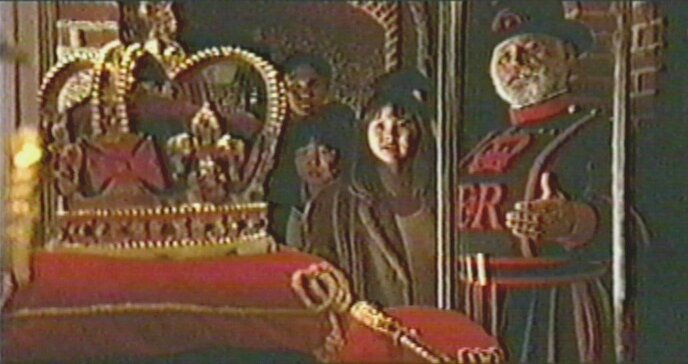 of a touring group to look at St Edward's crown, specially designed for
the Coronation of Charles II. A mixing of time zones sees Charles
discuss non-payment of the commission with the man who made the crown.
of a touring group to look at St Edward's crown, specially designed for
the Coronation of Charles II. A mixing of time zones sees Charles
discuss non-payment of the commission with the man who made the crown.
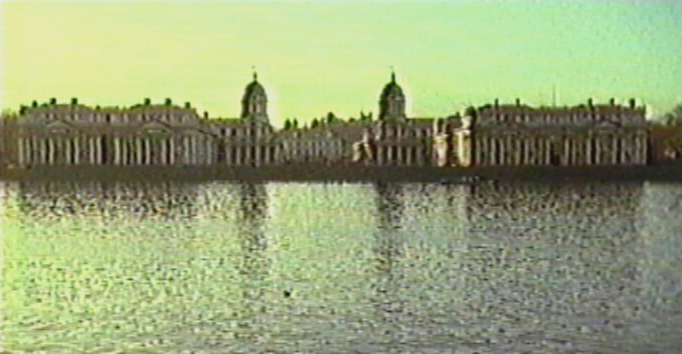 Charles
and Nell visit the National Maritime Museum at Greenwich, as they research
the history of the later seventeenth-century. Part of the museum
is housed in The Queen's House, built for Queen Anne (Mary's sister, who
followed William III onto the British throne).
Charles
and Nell visit the National Maritime Museum at Greenwich, as they research
the history of the later seventeenth-century. Part of the museum
is housed in The Queen's House, built for Queen Anne (Mary's sister, who
followed William III onto the British throne).
Click here for more information: National Maritime Museum
Purcell was organist at Westminster Abbey,
and is one of only a few composers to be 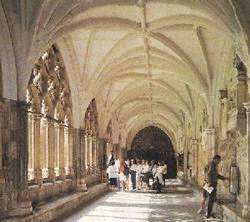 honoured
with burial there.
honoured
with burial there.
A number of scenes are filmed at Westminster, some in the cloisters, and some at Purcell's tomb.
Oliver Cromwell was origianlly buried at Westmister, but following the Restoration, his corporeal remains were disinterred; he was decapitated and his head was put on public display. The site of his original burial is now simply marked: 'The Burial Place of Oliver Cromwell, 1658-1661'.
Part of the extensive plans for rebuilding London following the devastating fire of 1666. Charles II commissioned lavish plans from Sir Christopher Wren.
Charles visits the Reading Room of the British
Museum to carry out much of his research. Since the film was
made, the British Library has been moved
from the Reading Room to a new location.
Hampton Court
The earliest part of Hampton Court was built by Cardinal Wolsey, in the first half of the sixteenth-century . The palace was taken by Henry VIII to become a royal residence. William III and Mary II commissioned Sir Christopher Wren to modernise and rebuild parts of the palace, though not as extensively as they would have wished, because of lack of funds, and parliamentary disapproval at such extravagance. Wren, following on the legacy of Inigo Jones, furthered the cause of classical architectural styles in the British Isles, and his additions to the palace are all classical in form.
Monument
Information from Visit
Britain.com:
The Monument, designed by Sir Christopher
Wren to commemorate the Great Fire of London  has
been welcoming visitors for over 300 years. Today, visitors climb 311 steps
to the top of this historic landmark (built 1677) to take in spectacular
views of London. As recognition of such achievement each visitor to the
Monument receives a certificate as proof of their athletic abilities!
has
been welcoming visitors for over 300 years. Today, visitors climb 311 steps
to the top of this historic landmark (built 1677) to take in spectacular
views of London. As recognition of such achievement each visitor to the
Monument receives a certificate as proof of their athletic abilities!
Monument Street
London
Greater London
EC3R 8AH
Tel: +44 (0) 20 - 7626 2717
Email: enquiries@towerbridge.org.uk
Admission £1.50 £0.50
Combined with Tower Bridge £6.75
£ 4.25
Opening times (2001): Open all year,
daily, 1000-1740. Closed 24, 25 Dec.
Prince Henry's Room and Samuel Pepys Exhibition
Information from Visit Britain.com:
One of the few buildings left untouched by
the Great Fire of London in 1666. There is a collection of items
on loan from the Pepys Society and original seventeenth-century wood panelling.
Also has one of the best remaining Jacobean-enriched plaster ceilings in
London.
17 Fleet Street
London
Greater London
EC4Y 1AA
Tel: +44 (0) 20 - 7936 4004
Fax: +44 (0) 20 - 7936 2501
Prices:
Admission - free
Opening times (2001):
Open Mon-Sat, 1100-1400. Closed Sun and Bank
Hol.
Sets
The sets for the interior of Harry's home
seem to be inspired by contemporary Dutch genre painting. Many of
the details, such as the musical instruments, the globe, and the fabrics
can be seen in paintings by artists including Johannes Vermeer and Pieter
de Hooch.
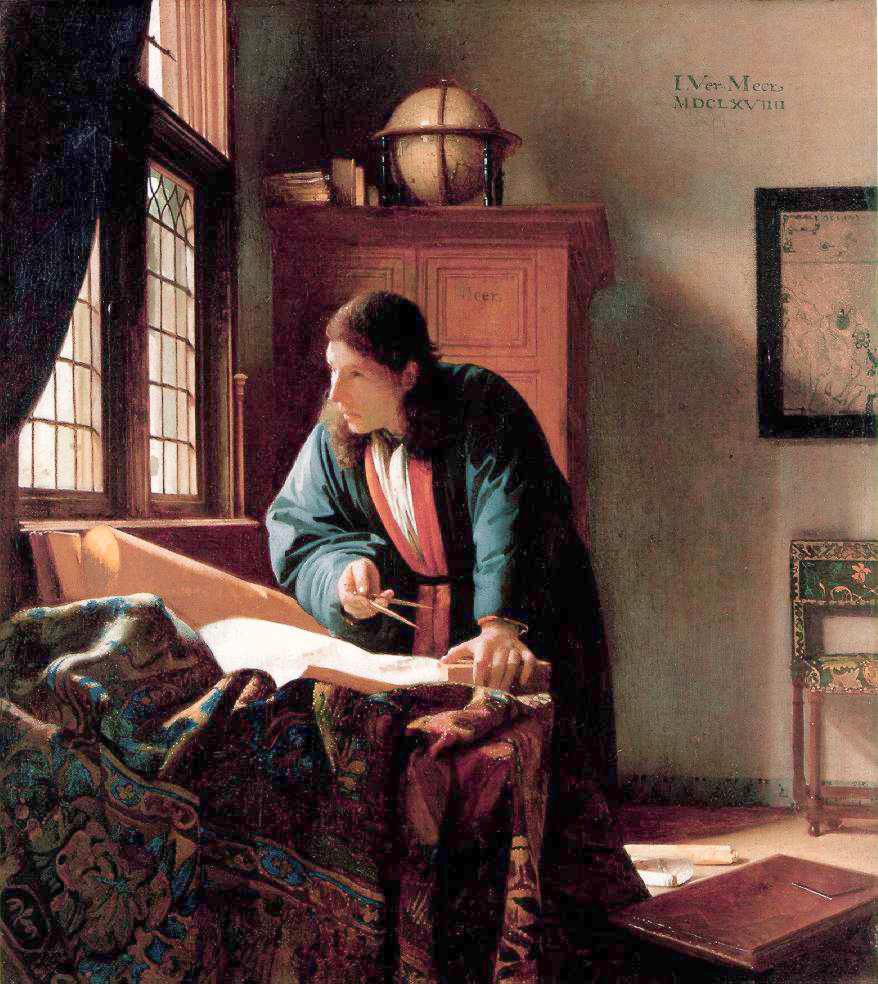
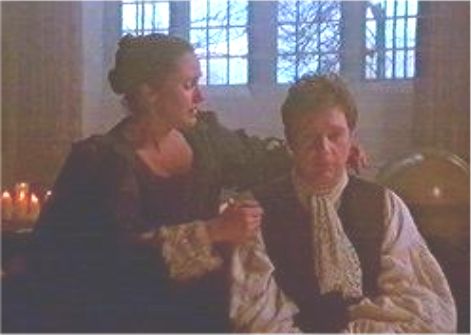
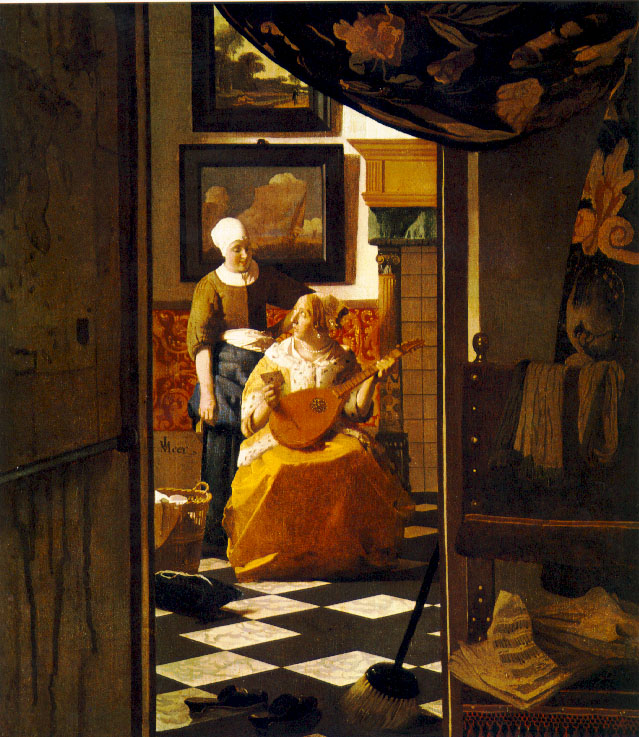
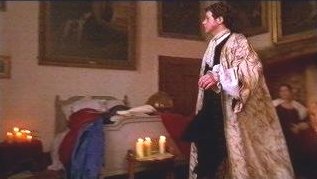
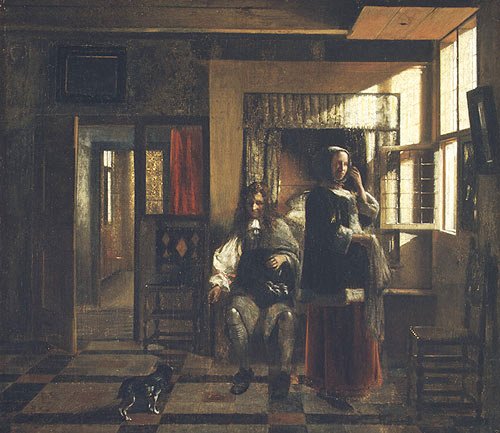
![]()
Home /The
Film / Sets and locations/Biographies/
The
Music /
Quotes/
History / Sources,
Links and Credits / Guestbook/Site
Plan
![]()
Copyright belongs to Deborah Norris, 2001